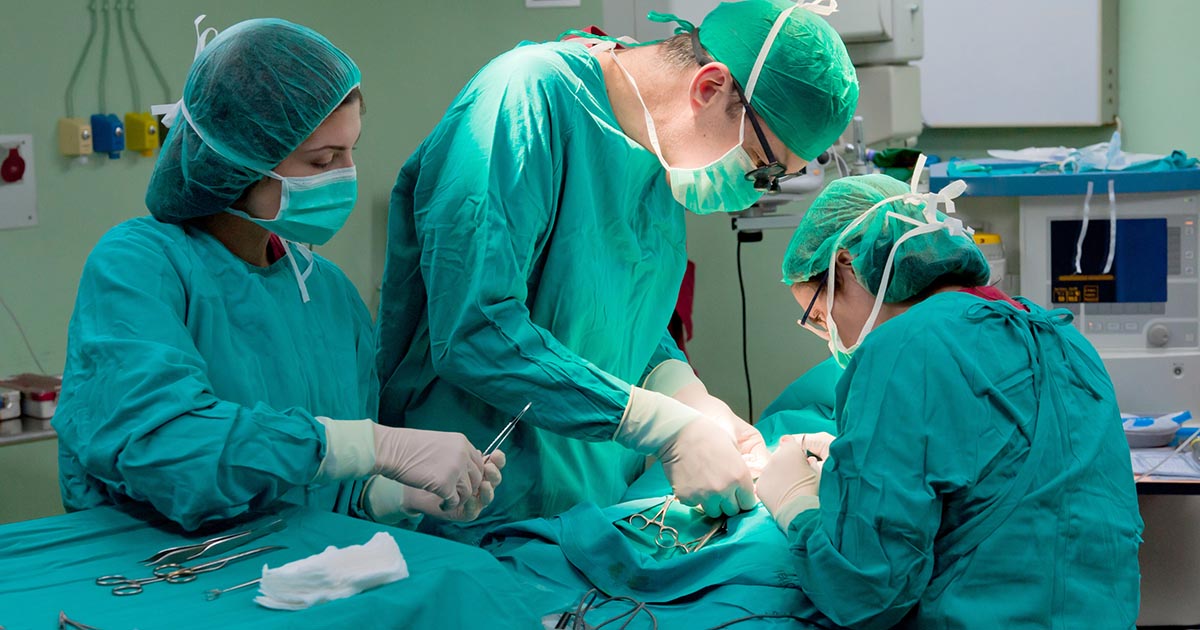Treatments For Alagille Syndrome
Alagille syndrome is an inherited disorder that can affect many parts of the body, including the liver and heart. One of the most prominent features of the disorder is damage to the liver due to abnormalities in the bile ducts. Bile plays a vital role in digesting fat, and the ducts remove it from the liver, carrying the bile to the gallbladder and small intestine. Individuals with this syndrome may possess fewer ducts than the average person. Alagille syndrome can affect individuals in a variety of ways, differing from person to person. It can even present differently in individuals within the same family. Mild forms of the condition may not even be noticed until adulthood, while others can be diagnosed as babies. Possible symptoms include blood vessel and heart problems, abnormalities with the eyes, and distinctly abnormal facial features and skeletal shape. Patients may also exhibit jaundice, excrete pale feces, experience prevalent nose bleeds and bleeding gum, have trouble absorbing nutrients, and even be afflicted by cirrhosis.
Get to know the treatment options for Alagille syndrome now.
Liver Transplant

Liver transplants are only recommended for a small number of patients with Alagille syndrome, as it comes with quite a few risks. There must be a severe existing liver disease that has caused cirrhosis, and the presenting symptoms cannot be managed in another, less intrusive manner. Children with the syndrome tend to have more complications when receiving a liver transplant, as they may also have problems with their kidneys or heart. Transplants are only considered when a physician deems it necessary. Going this route is a process that must be considered carefully in conjunction with a medical team.
Keep reading to learn about more treatments for Alagille syndrome.
Special Formula For Infants

The syndrome may be detected very early in some patients. When this happens, there is a special formula for infants which promotes fat absorption in the small intestine. The formula is made up of milk containing fats that are easier to break down. Infants may require an increased intake of calcium and vitamins A, D, E, and K. While oral vitamins may not be possible for such young babies, a health care provider can administer these crucial nutrients. This method, though, is only suitable for a certain period. If the baby continues to require the administration of crucial nutrients, they may have a tube inserted into the stomach through the nose. A gastronomy tube may also be inserted directly into the stomach through an opening made in the abdomen.
Keep reading to unveil more treatment options for Alagille syndrome.
High-Calorie Diet

Changing to a high-calorie diet is a treatment option sometimes recommended for infants, children, and adults alike. Because Alagille syndrome is characterized by poor bile, it is difficult for the body to break down and store the fats it needs to stay healthy. Individuals with this syndrome are not able to absorb all of the fat they consume and, as such, may not gain or maintain a healthy weight. While babies can be fed a special milk formula, children, and adults will suffer if they cannot mitigate the issue of passing all their fats. High-calorie nutrition drinks are available to boost caloric intake and increase fat retention.
It's time to reveal the next method of treating Alagille syndrome.
Moisturizing

Because intense itchiness is one of the symptoms of Alagille syndrome, moisturizing is an important element of treatment to keep skin healthy and scar-free. This effect is referred to as pruritus, which is severe itching of the skin. Alagille syndrome, and the pruritus that accompanies it, causes the skin to dry out, making it sensitive and susceptible. Hydrating the skin with thick, quality moisturizers is one way to alleviate the itchiness and discomfort. Likewise, it's important to keep the fingernails trimmed and short to prevent damage from scratching the skin for extended periods.